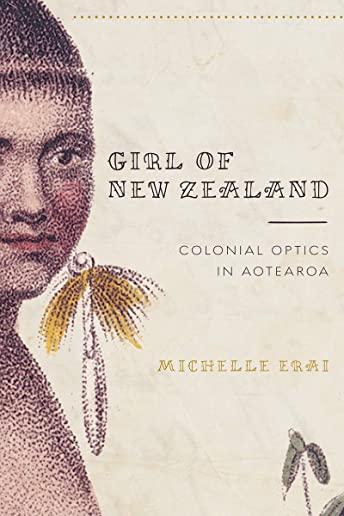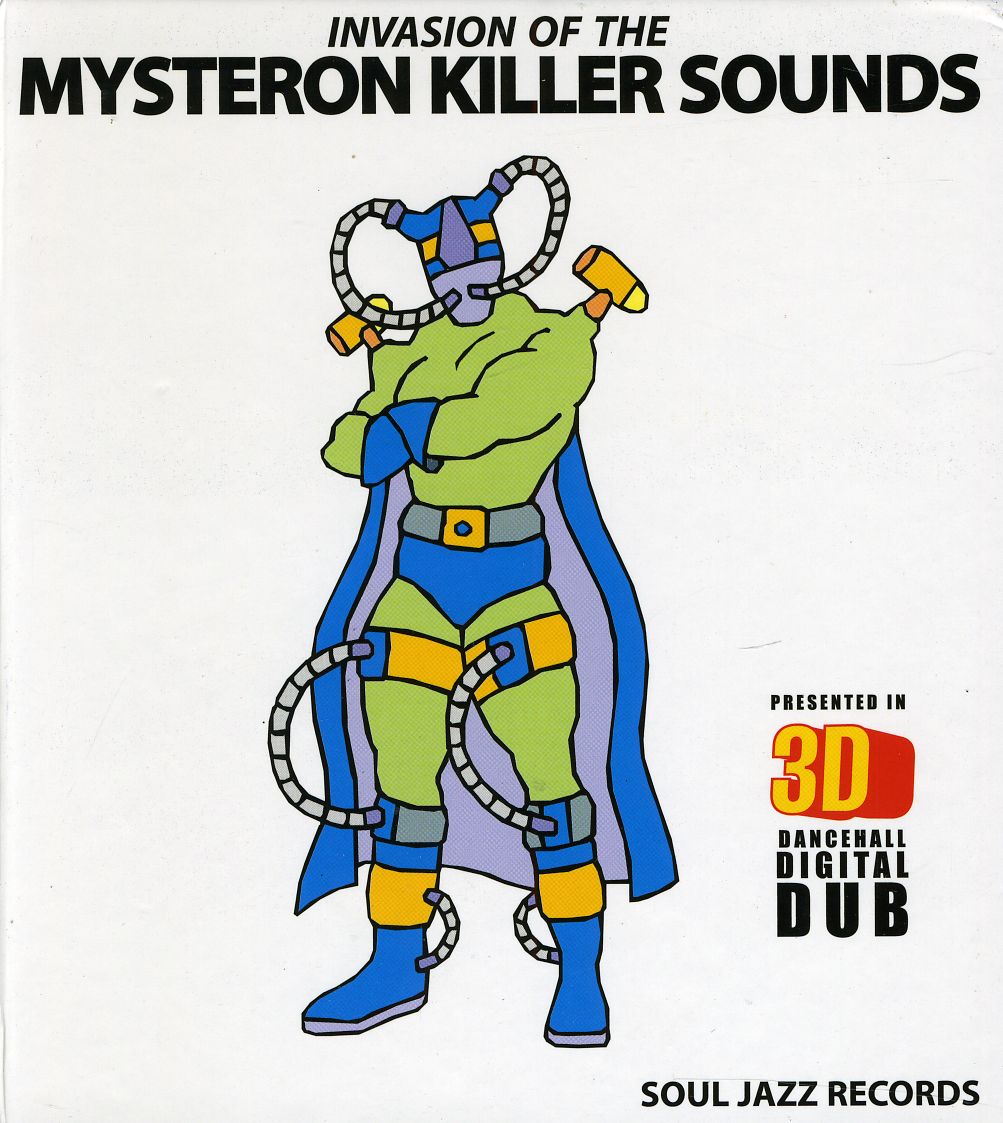
description
8Girl of New Zealand presents a nuanced insight into the way violence and colonial attitudes shaped the representation of Māori women and girls. Michelle Erai examines more than thirty images of Māori women alongside the records of early missionaries and settlers in Aotearoa, as well as comments by archivists and librarians, to shed light on how race, gender, and sexuality have been ascribed to particular bodies. Viewed through Māori, feminist, queer, and film theories, Erai shows how images such as Girl of New Zealand (1793) and later images, cartoons, and travel advertising created and deployed a colonial optic. Girl of New Zealand reveals how the phantasm of the Māori woman has shown up in historical images, how such images shape our imagination, and how impossible it has become to maintain the delusion of the "innocent eye." Erai argues that the process of ascribing race, gender, sexuality, and class to imagined bodies can itself be a kind of violence. In the wake of the Me Too movement and other feminist projects, Erai's timely analysis speaks to the historical foundations of negative attitudes toward Indigenous Māori women in the eyes of colonial "others"--outsiders from elsewhere who reflected their own desires and fears in their representations of the Indigenous inhabitants of Aotearoa, New Zealand. Erai resurrects Māori women from objectification and locates them firmly within Māori whānau and communities.
member goods
No member items were found under this heading.
listens & views

INVASION OF THE MYSTERON KILLER ...
by INVASION OF THE MYSTERON KILLER SOUNDS / VARIOUS
COMPACT DISCout of stock
$25.49
Return Policy
All sales are final
Shipping
No special shipping considerations available.
Shipping fees determined at checkout.






